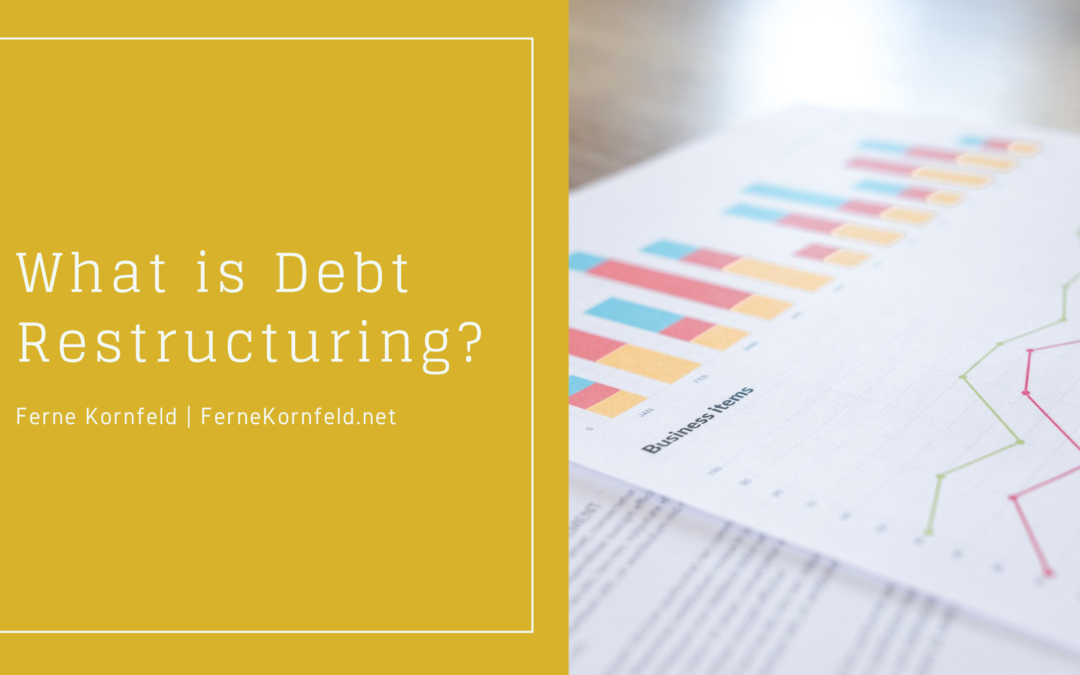Debt can have a significant hindrance to your personal and professional life. Always wondering how you’ll ever pay it off or if you can even afford the next payment is something no one ever wants to go through, especially with an entire company at risk. When a company is in debt and wants to avoid the risk of default on existing debt or lower available interest rates or terms, debt restructuring is their best solution.
There are many benefits of debt restructuring for companies when they finally make the decision. The debt restructuring process is a great way to try to reduce the cash-flow outlay necessary to carry your existing business loans. What is usually most appealing is that companies can also extend the due dates for their liabilities. Other benefits might include a debt-for-equity swap when creditors take away a portion or even the rest of the debt in exchange for equity, although this typically occurs with larger, more mature companies.
With such great benefits, many people wonder exactly how debt restructuring works. Simply put, when a company is looking to restructure its debt, it is most likely facing extreme financial stress, insolvency, or even bankruptcy. When this is a threat, creditors sometimes prefer to alter debt terms to avoid potential bankruptcy or default. Debt restructuring becomes a win-win situation because lenders typically will receive more money than if they proceeded with bankruptcy.
There are also different types of debt restructuring, each with its benefits. The first is a debt-for-equity swap. This type of debt restructuring happens when creditors negotiate to take away a portion or all of the outstanding debts in exchange for equity. This is the most preferred option when debt and assets are significant. Instead of facing bankruptcy, creditors will opt for taking control of the company in trouble. Again, this typically occurs in large, more seasoned companies.
Another type of very popular debt restructuring is when a company engages a firm that specializes in renegotiating and restructuring small business debt with the various lending firms around The Street. In these scenarios, the debt restructuring firm is retained by the debtor firm and acts as the go between to the existing roster of lenders already working with the debtor firm. The debt restructuring firm will be attorney-led, and the goal will be to re-work, or restructure the existing lending agreements that are already in place with the debtor firm. The goal is to reduce the debt service cash flow outlay required by the debtor firm, so they can get back on their feet, and basically get the breathing room they need to survive first, and then thrive second.
Importantly, in this scenario, the credit profiles of both the business owner(s), and their business, are not damaged any further by this process, as the lenders will receive all outstanding funds due to them, albeit just over a longer payback period of time. This preferred strategy by most small businesses that face this type of debt pressure, is far too often not readily known about by many in the small business community. As a consequence, many will seek bankruptcy, when they could have simply restructured instead. What a shame.

